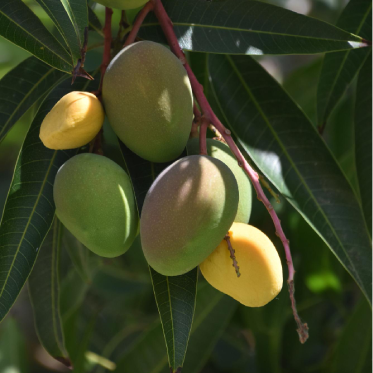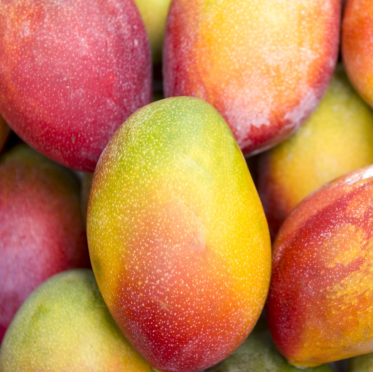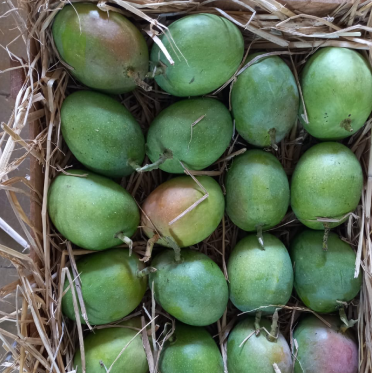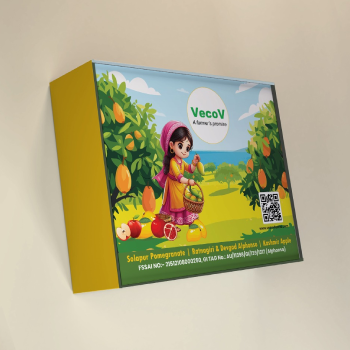Japanese mangoes, such as the Miyazaki Mango (also called “Egg of the Sun”), are priced much higher than Ratnagiri Alphonso mangoes due to several unique factors:
- Rarity and Exclusivity
- Japanese Mango (Miyazaki Mango):
- Grown in limited quantities in the Miyazaki Prefecture, Japan.
- Production is highly controlled and small-scale, making it a rare luxury item.
- Each mango is treated like a premium product, adding to its exclusivity.
- Ratnagiri Alphonso:
- While highly sought after, it is grown more extensively in the Konkan region of Maharashtra.
- Despite being premium, its availability is relatively higher compared to Japanese mangoes.
- Exceptional Quality Standards
- Japanese Mango:
- Grown under stringent quality standards using advanced farming techniques.
- Each mango must meet specific criteria for size, shape, sweetness, and color (e.g., a sugar content of at least 15%).
- They are often sold individually, wrapped, and carefully inspected.
- Ratnagiri Alphonso:
- Known for its incredible flavor and aroma, but farming practices are more traditional.
- Quality standards may vary based on the producer and region.
- Appearance
- Japanese Mango:
- Bright, ruby-red color with a perfect, symmetrical oval shape.
- Prized for its visual appeal, often considered a work of art.
- Ratnagiri Alphonso:
- Golden-yellow skin with a slight reddish blush.
- Its focus is more on flavor and aroma than visual perfection.
- Growing Conditions
- Japanese Mango:
- Requires specific climatic conditions and precise farming techniques, including controlled temperatures and artificial pollination.
- Often grown in greenhouses with meticulous care and expensive inputs.
- Ratnagiri Alphonso:
- Grown in the natural coastal climate of the Konkan region.
- Requires less technological intervention but benefits from the region’s unique soil and weather.
- Price and Cultural Perception
- Japanese Mango:
- Considered a luxury item in Japan, often gifted on special occasions like weddings or as a status symbol.
- Auctions for Miyazaki mangoes can fetch astronomical prices, with a single pair selling for over $4,000 in some cases.
- Ratnagiri Alphonso:
- While premium-priced, it is considered a seasonal delicacy rather than a luxury item.
- It is more affordable and accessible to a broader audience.
- Shelf Life and Handling
- Japanese Mango:
- Special care is taken during cultivation, harvesting, and packaging to ensure a flawless product.
- Each mango is carefully wrapped and often presented in elegant packaging, adding to the cost.
- Ratnagiri Alphonso:
- While care is taken during transport and storage, the packaging and presentation are less elaborate.
- Supply and Demand
- Japanese Mango:
- Extremely limited supply compared to high global demand, especially in luxury markets.
- Ratnagiri Alphonso:
- While in high demand, it has a larger and more consistent supply during its season.
Summary
Japanese mangoes like the Miyazaki are considered luxury goods due to their rarity, meticulous production, visual appeal, and cultural significance. In contrast, Ratnagiri Alphonso mangoes, though highly prized for their flavor, are more widely available and focus on taste over luxury.












